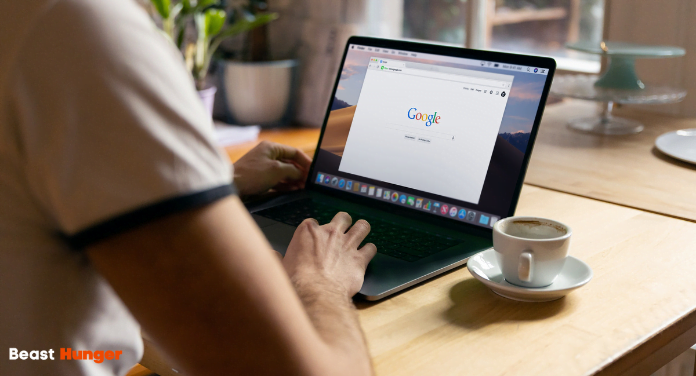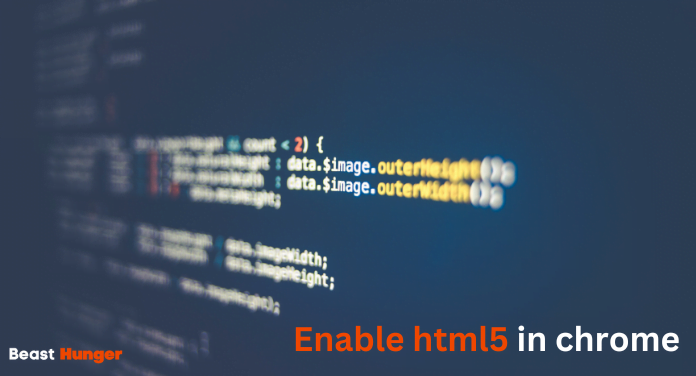A visually beautiful website is not enough to guarantee your company’s success in the constantly changing world of digital marketing. Though attractive layouts and graphics are just one part of the scenario, they grab attention. The true power of an online presence lies in the seamless integration of SEO and site design. Together, they will enhance your website’s functionality and search engine exposure.
Businesses that provide marketing strategy services should know how SEO and site design interact to increase user engagement and boost organic traffic. This will ultimately turn visitors into devoted clients.
SEO And Web Design Are Linked
SEO focuses on enhancing a web page’s visibility through search engines. Web design is concerned with the visual presentation of the site, its usability, and visitors’ experience. While they might seem like two different disciplines, they’re closely related.
Search engines favor user-friendly and fast-loading websites and reward accessibility on multiple devices. These elements of good website design directly impact SEO rankings.
When web design is combined with SEO, the result is an attractive, easy-to-operate website optimized for search engines. This winning combination can improve visibility, attract traffic, and increase engagement rates.
User Experience: A Key SEO factor
Google values user experience highly. A site with a fast-loading speed that adapts to mobile phones and presents information clearly and intuitively will hold the visitor’s interest longer. This decreases the bounce rate and increases conversions.
Responsive designs are no longer optional. Google prioritizes mobile-friendly websites in its ranking because most users use mobile devices. The clean, responsive layout ensures the content works well on all screen resolutions and looks great, improving the user’s experience and SEO performance.
Moreover, navigation needs to be intuitive. Users will likely leave if they can’t easily find the information, which signals to search engines that your site is not providing relevant content. Clear call-to-action buttons, logical page structures, and streamlined navigation enhance usability and encourage deeper website exploration.
Site Speed And Technical Design
SEO is directly affected by a website’s speed. Slow-loading sites frustrate visitors and can cause them to bounce more often. Search engines recognize this and provide greater rankings to faster websites.
Web design techniques to improve load time include optimizing pictures, minimizing the code, using cached browsers, and hosting efficiently. Integrating speed-focused features from the beginning of design ensures you build your website with performance and SEO in mind.
Moreover, search engines will index your pages more accurately if you have a well-structured, crawlable site. SEO-savvy web designers ensure that the site architecture, URL structure, and internal linking support improved crawlability and indexing.
Branding Trustworthiness
The credibility of web design, an often-overlooked feature, is important. A modern and professional design will instill confidence in your visitors. SEO depends on trust to influence user behavior. A site that looks outdated or is difficult for users to navigate will not retain visitors, regardless of how high it ranks initially.
Aligning visual elements like colors, fonts, or imagery with your brand identity can create a seamless and trusted experience. Combined with high-quality, optimized content, this branding enhances your authority to users and search engines.
Building For The Future
Search engines continually update their algorithms to prioritize the user’s intent and satisfaction. The relationship between SEO (search engine optimization) and web design becomes stronger with each update. Businesses that plan accordingly by integrating SEO within their web development process are more likely to be successful in the long run.
The benefits of working with experts with web development and marketing strategy backgrounds are significant. They can design a cohesive strategy that balances aesthetics, functionality, and optimization.
Conclusion
A new entity has emerged that combines search engine optimization (SEO), web design (WD), and other forms of digital marketing. Collectively, they establish a strong foundation for digital success. A website that is visually enticing, user-friendly, and optimized for search engines is more likely to attract visitors, maintain engagement, and convert them into clients.






